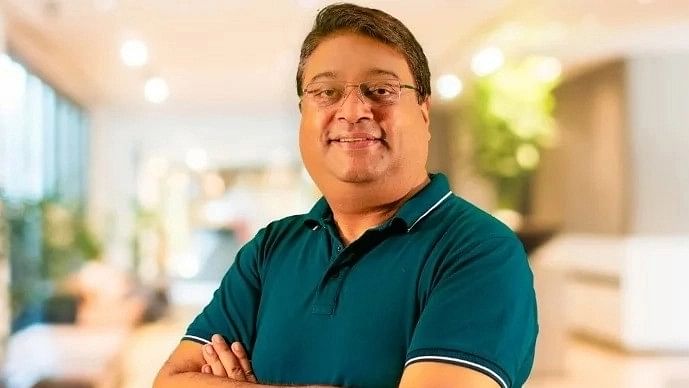
With a growing population, transition from non-renewable energy sources and increased urbanisation, the need to transform the energy storage solution space through battery technology is becoming increasingly important, and the government has even announced Rs 3,760 crore in incentives to companies setting up battery storage projects totaling 4,000 megawatt hours (MWh). Battery manufacturer Tesla Power USA’s managing director Kavinder Khurana walked DH’s Anjali Jain through the ongoing trends in battery technology, the future of lead acid batteries and his company’s plans to expand operations and distribution base in the country.
Edited excerpts.
What is your expansion plan for the next few years?
We are now launching in South India, our focus for the next six months will be to penetrate all the districts of South India. Since this region has adopted solar technology much higher than other regions, we are launching a solar powered lead acid battery with a 10-year warranty.
We also see great opportunity in batteries for internal combustion engine (ICE)-powered two wheeler vehicles. There are nearly 28 crore two wheelers on Indian roads right now, and almost 1 crore need battery replacement every month, which is a huge opportunity that we will focus on. We have partnered with Huawei in Thailand to have these manufactured, which will allow us to save on import costs due to the trade agreement between our two countries.
Our expansion plan till 2026-27 is to open 5,000 retail outlets in the country, which will be product and service providing centres, which can even serve as swapping stations in the future, once standardisation is brought in.
What is your revenue target for this fiscal year?
Since starting operations in 2021, our national footprint has grown to 300 distributors and our products are being sold out of 6,000 retail outlets in the country. In FY22, our gross turnover in India was close to Rs 85 crore, which grew to Rs 130 crore in FY23. We are targeting to do about Rs 250 crore in this financial year.
What is your outlook for battery swapping?
Swapping of batteries is something which is absolutely required for e mobility adoption in the country. Niti Aayog needs to standardise the battery size, and charging port, so that any brand’s vehicle can strap its battery at swapping stations. Currently, these stations are being built by singular brands for their own vehicles. Without standardisation of charging ports and batteries, this swapping will not happen and adoption will be a challenge in my opinion.
I think it will take another four to five years for this industry to gain maturity. And the vehicle population which we are aiming to address by 2030, I think it is a dream and the next few years will only see maturity taking place and adoption will pick up in the early 30s.
How important will solar power be for powering electric vehicles?
Adopting solar power for charging batteries is a problem because charging stations are usually placed in locations where there isn’t much space to put up panels. The amount of electricity required to charge batteries during the day would be very high. And the panels that are put up on that facility or that retailer are going to be very small in size to generate that kind of electricity.
However, solar farms are now being built where a large piece of land or large area is used to put solar panels in bulk that will generate electricity and supply it to multiple locations nearby.